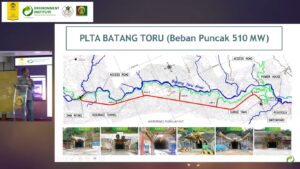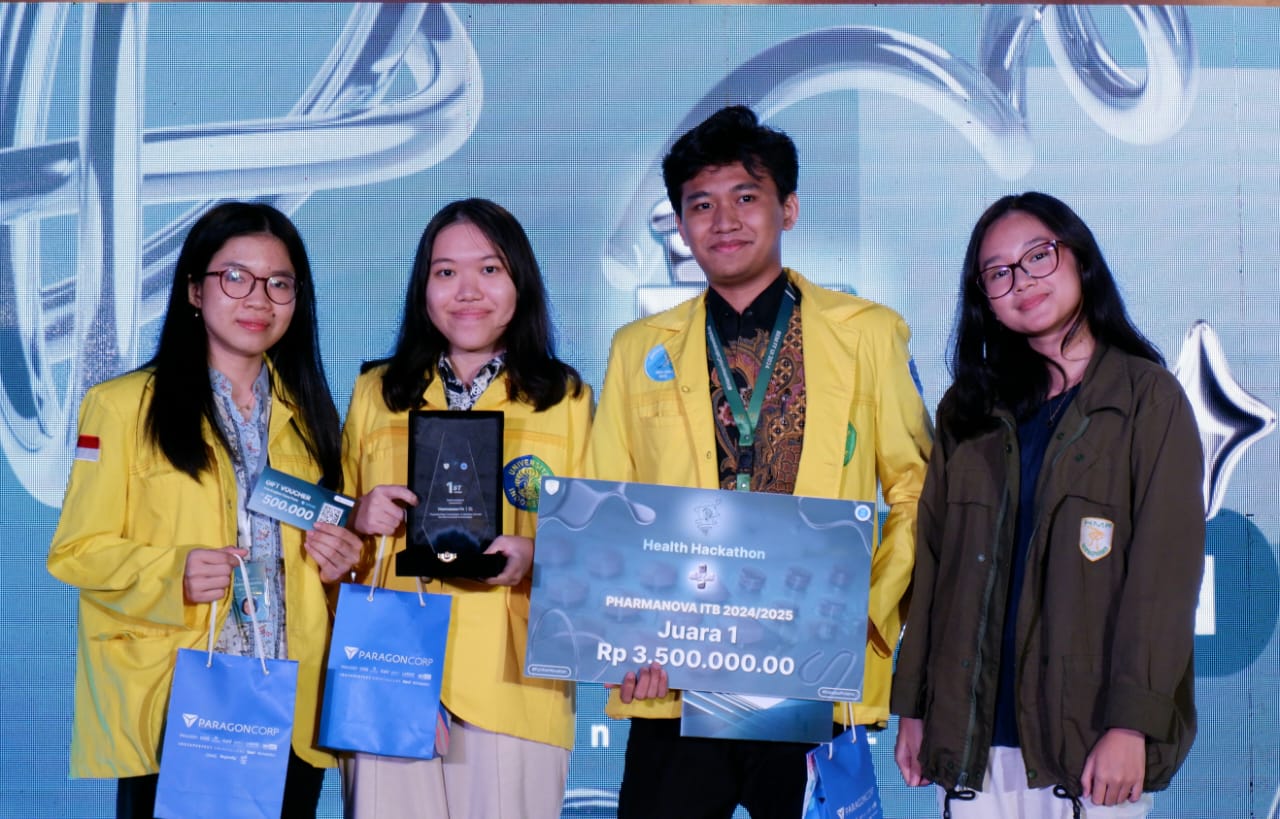The Indonesian government, through the Paris Agreement, stated its commitment to global climate action, which was then outlined in the Long Term Low Emission Plan or Long Term Strategy for Low Carbon and Climate Resilience in 2050. This commitment was conveyed to the United Nation Framework Convention on Climate Change (UNFCCC) in July 2021.
According to the Director of the School of Environmental Sciences (SIL) at the UniversitasIndonesia (UI), Dr. dr. Tri Edhi Budhi Soesilo, Indonesia is trying to reduce carbon emissions by increasing the Enhanced Nationally Determined Contribution (E-NDC) target to 32% by 2030. This step is being taken for Indonesia to achieve Net Zero Emissions (NZE) in 2060 or sooner. Various efforts have been made to achieve NZE, including the development and utilization of new renewable energy.
“Indonesia, with its favorable geographical conditions, has abundant potential and clean energy sources, such as geothermal, solar power or hydropower. The acceleration of the clean energy transition can put pressure on the ecosystem, thus it needs to be carefully considered and planned so that environmental protection becomes a primary concern,” said Dr. Edhi at the symposium of “Opportunities and Challenges of Hydroelectric Power Plants in Indonesia”, last Thursday (23/11).

The development of new renewable energy needs to be increased because currently utilization is only 7% of the target of 23%. This was conveyed by the Chair of the Indonesia Network of Climate Change and Forestry Experts (APIK), Dr. Mahawan Karuniasa, on the same occasion. One source of clean energy that is said to have the potential to be developed is hydroelectric power plants (PLTA). Hydroelectric power works by converting potential energy from a dam or waterfall into mechanical energy with the help of a water turbine, and from mechanical energy into electrical energy with the help of a generator.
Hydropower development in Indonesia is not without challenges. The development must be ecologically beneficial, economically profitable, and socially acceptable. Dr. Mahawan explained several points that must be considered when building a hydroelectric power plant. First, the flow and availability of water, especially when Indonesia is hit by extreme weather. Water supply and flow must be taken into account so that the dam does not break during high water levels and does not dry out during the dry season.
Second, deforestation or cutting down forests. This is in line with what was conveyed by a lecturer at the University of North Sumatra, Prof. Rahmawaty, that forest conservation is an effort to maintain water availability. Deforestation must be prevented in order for forests to store water, so that the flow of water as a source of hydropower energy remains. In addition, the survival of biodiversity must be a priority. Don’t let hydropower construction threaten the life of flora and fauna in an area.
Apart from physical aspects, hydropower development considers other aspects, such as investment, policies or regulations, and social aspects. Rector of the PLN Institute of Technology, Prof. Dr. Iwa Garniwa, gave an example of the failure of hydropower development due to obstacles from social aspects. “Often the case is that the project has received investors, the regulations are in accordance, the forestry aspect has been handled, but the social aspect has been overlooked.”It turns out that the local people consider the place sacred, thus a hydroelectric power plant cannot be built in that area,” he said.
On that occasion, Prof. Iwa also explained the concept of integration between hydroelectric power plants and solar power plants (PLTS). “PLTS is one of the future energies. Its efficiency is affected by heat, yet what is captured by solar panels in PLTS is not heat, but light. If the heat that they receive is too large, the efficiency of the PLTS will decrease. Therefore, PLTS can be integrated with PLTA by placing PLTS on rivers to reduce temperatures,” he said.
He added that integration is possible and necessary in optimization. However, an in-depth study is needed regarding the supply chain and its economic value. PLTA and PLTS are electricity generators and hydrogen producers for industrial and transportation purposes. Both are new renewable energies that have the greatest potential for integrated development.



